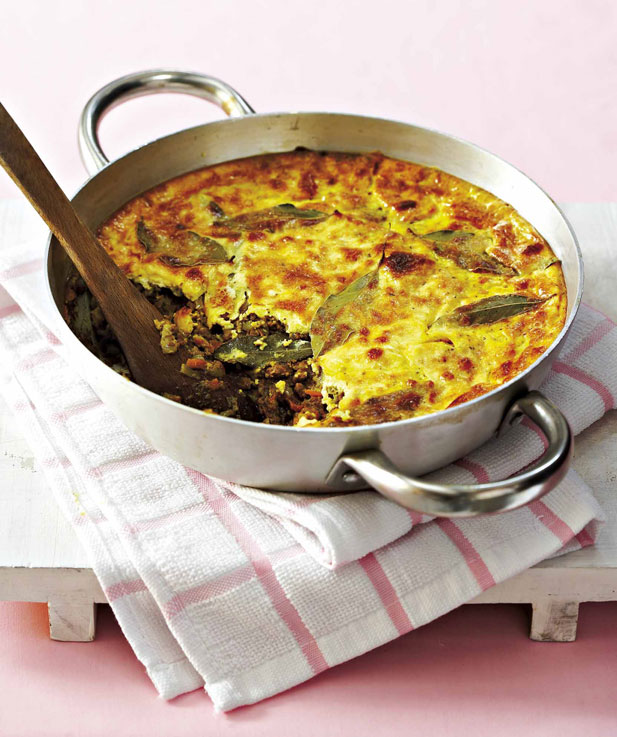WINE 3 - with Sosaties (beef kebabs infused with a Cape Malay sweet & tangy curry marinade) and Bobotie (a Cape Malay dish of ground beef, curry, apple & currants served with yellow rice).
Spice Route Chakalaka 09– RRP & Our Cost $26.90 (from Scenic Cellars) 14.5% Alc/Vol
Spice Route’s signature style has always been robust, spicy red wines, rich in character.


The sosaties were grilled on authentic Namibian hard wood charcoal,
obtained from Vince and Trish's Mitre 10 Mega establishment.
This blend of red varietals represents a fusion of flavours, as does the unique, spicy South African relish from which Chakalaka takes its name. 37% Syrah, 21% Mourvedre, 18% Carignan, 10% Petite Sirah, 10% Grenache and 4% Tannat.
The 2009 was a fine vintage and the red wines generally were of very high quality. Intense red-purple in the glass, initial smoky cloves and savoury notes give way to a plum and black cherry nose with hints of sweet oak spice. Medium bodied with well-integrated oak and fruit, this wine has a smooth tannin structure and lingering spice flavours.
Semi-arid conditions near Malmesbury, north of Cape Town, where Spice Route is grown.
The original farm house still exists on the estate.
WINE 4 - with Koeksisters (meaning “twisted sisters) – a doughnut like dough twisted, deep fried the dunked into an ice-cold flavoured syrup) and Melktert (meaning “milk tart”) – a velvet custard with a cinnamon topping.
Simonsvlei Humbro NV Hanepoot –Our Cost $19.90 (from OnTrays 19% Alc/Vol
From a vineyard situated in the Paarl region with soil types of granite to clay comes this full-sweet dessert wine with typical Hanepoot or Muscat and litchi flavours. Great as an appetizer or a way to finish a meal with Blue cheese and preserves, baked puddings or just chilled on its own.
Simonsvlei is a co-operative wine cellar , drawing its grapes mostly from the Paarl and Franschoek wine regions to the north of Cape Town
Muscat
Four principal varieties exist of the muscat grape, including Muscat of Alexandria, Muscat Blanc, Muscat Hamburg, and Muscat Ottone. The most widely propagated and also most representative of the family character is Muscat Blanc, known as Muscat Frontignan in France and Moscato di Canelli in Italy.In the New World it is called Lexia or Zibibbo (Australia), Hanepoot or Humbro (South Africa)
The grape is thought to originate in North Africa. Most plantings of this white varietal used to produce raisins and table grapes. The Hanepoot ("Rooster's Foot" in Afrikaans); refers to the characteristic pattern and split of the grape when it is ripe, resembling a rooter's foot:
I do like Don's interpretation of "Honey Pot", as this sweet, fortified wine does bring honey to mind. Muscat has been produced in South Africa since the 1600s, and is said to have been Napoleon's favourite tipple.Cetainly records show great quantities of the wine being exported from the Great Constantia Estate in Cape Town to Napoleon's Court.
Each muscat produces, with subtle variation, wines with the distinct, intense, aromatic, sweet, and easily-recognized scent of muscat and, unusual for most wine varieties, that actually taste like grapes.
Muscat is a very ancient variety and, with its strong and distinctive perfume, was probably one of the first to be identified and cultivated. Nearly every Mediterranean country has a famous wine based on muscat and varying from light and bone dry, to low-alcohol sparkling versions, to very sweet and alcoholic potions
.
Main features : The muscat vine is not very vigorous in most soil types, especially sandy mixtures, and seems to prefer damp, deep soils. It also falls victim quite easily to any of several vine diseases. Normally early in budding, muscat may also suffer from Spring frost. All things considered, muscat would not seem to be a grape that would be cultivated so widely as it is.
Oenological potential :The full name is Muscat Blanc à Petits Grains and the berries are quite small and round, but not always white. The spectrum includes pale green, pale yellow, golden, pink, red, brown, and black berries. Some vines produce fruit that can be different colored each vintage. Coriander, peach, orange, tropical fruits, floral best if not aged in wood
Use : Muscat de Beaumes de Venise, Muscat de Lunel, Muscat de Frontignan, Muscat de Mireval, Muscat de Saint Jean de Minervois, Muscat de de Rivesaltes,
Simonsvlei cellars
Wine makers at Simonsvlei
Final course: Cheese board with delectable delicacies from On Trays Food Emporium:
NZ Cheeses and Biltong and Droee Wors (Dried SA Sausage)
Restauranteur and Coffee Roaster Michael Chin and his staff from Beijing, China, Herman and Jeanine 's Guests, along with new member Glenn Charlett, and Tai Jensen, PartyPerfect's senior chef.

























